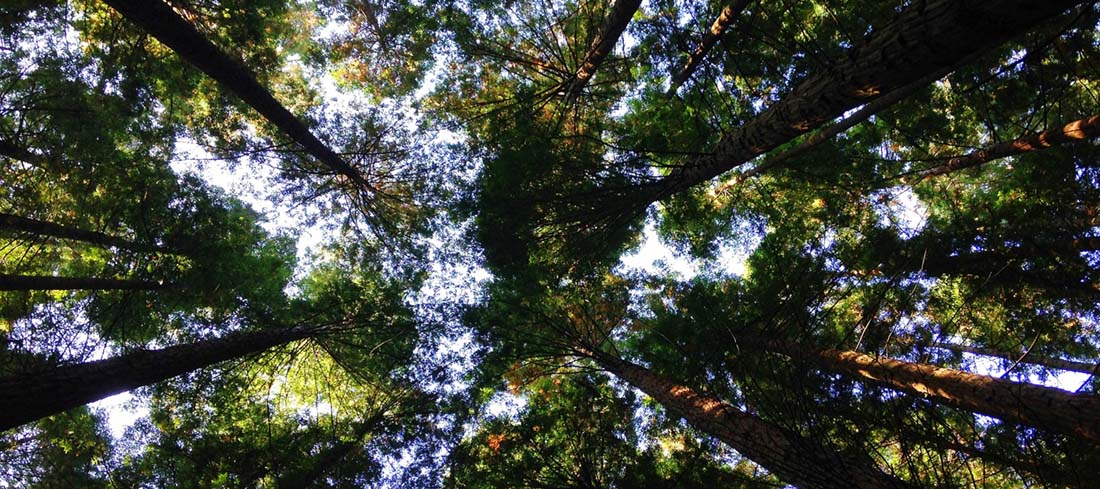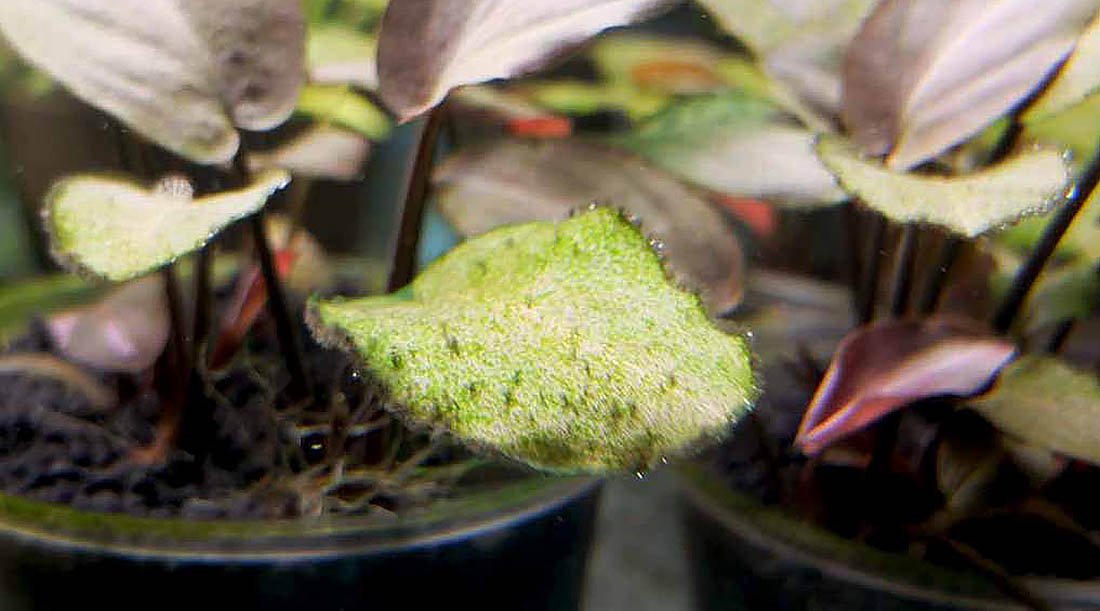Algae is so prevalent in the aquatic hobby that many aquarists have given up trying to eradicate it and have just accepted it as part of normal tank life. We assure you it is perfectly achievable to have planted aquariums free from visible algae – especially filamentous green algae.
It takes a combination of factors to get a tank to that stage; algae will exploit any angle of weakness in a setup – in this sense it also acts as a signal as to what is being done wrong or right.
ALGAE IS OPPORTUNISTIC
Algae interactions in a planted aquarium are complex and is best explained with an analogy. Similar to the weeds of the terrestrial world, algae is opportunistic and will bloom when the opportunity arises. Higher order plants out-compete weeds for space & light. In a dense forest, undergrowth yield to taller trees that block out the light by forming a dense canopy. Treefall gaps in crowded jungles give a chance for the undergrowth to spawn; for young trees to race to fill the canopy gap.
In aquatic ecosystems, our aquarium plants are the equivalent of large trees in the jungle, occupying most the liveable space – and many aquatic plants can grow emersed as well, gaining access to surface oxygen and shading the water beneath. Algae is at a disadvantage in such a position and has evolved to bloom opportunistically only when it detects that a gap has opened up in the system.
WHAT ACTUALLY TRIGGERS ALGAE?
Ammonia, nitrogenous waste and stressed plants are prime algae triggers. These can come from a number of sources, but ironically, the most common source of triggers come from having unhealthy plants in a tank.
A plant under adaptation stress because of harsh or unstable conditions re-programs its enzymes to make use of what is available in current conditions. Older waste protein/DNA material is ejected directly on the leaf surface. Algae directly feeds off these waste organic material.
For example, if a plant is taken from a tank with high CO2 levels and transferred to a tank with low CO2 levels, it needs to recalibrate its rubisco enzyme to optimize for lower CO2 levels. This triggers BBA to attach to the plant.
Similarly, if a plant is nutrient deprived, older leaves will start deteriorating prematurely. As leaves deteriorate, they release carbohydrates, sugars and these trigger algae spores to bloom and attach as the algae can feed off these substances.
In a planted tank, unhealthy plants are prime algae triggers. So the first step to any algae issue is to pay attention to plant growth parameters – Nutrients, CO2, flow and make sure that each plant is getting what it needs to have healthy growth.
Healthy plants are very algae resistant. Grow your plants well, and algae often takes care of itself. Without coincidence, healthy growing planted tanks are often the most algae free ones as well.
The more sensitive / picky a plant is, the higher the chance that it will suffer from stress and trigger algae. A tank growing easier, larger, robust plants will be much easier to keep algae free compared to a tank growing higher demand, delicate, smaller plants. Slower growing plants also tend to be more vulnerable as a whole compared to faster growing plants.
From an evolutionary point of view, attaching to a damaged plant that is not growing well maximizes survival potential for algae. A healthy growing plant will shade and crowd out the surrounding areas while a dying plant will not.
Other sources of ammonia and nitrogenous waste in a tank include heavy usage of ammonia/urea based fertilizer in the water column, waste from livestock or decaying plants. Consequently, having good filtration and a biologically matured tank where organic waste material and ammonia is broken down quickly helps reduce trigger factors. Light is merely an accelerator – reducing light does reduce the rate at which algae spawns but its seldom the root trigger by itself for algae.
A holistic approach to light, CO2, fertilization is necessary to grow plants well consistently, while having adequate biofiltration and regular trimming removes old growth and organic waste. It is this combination that then allows for a sustained algae-free tank.
Read more on the fine details here.



